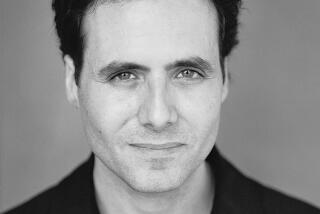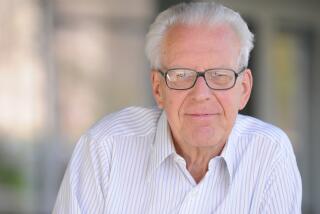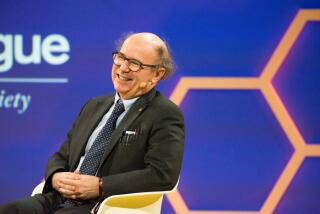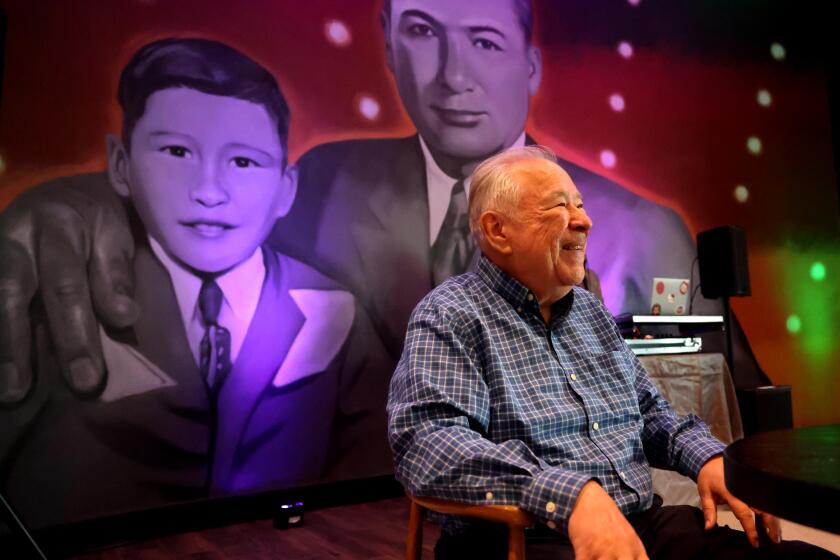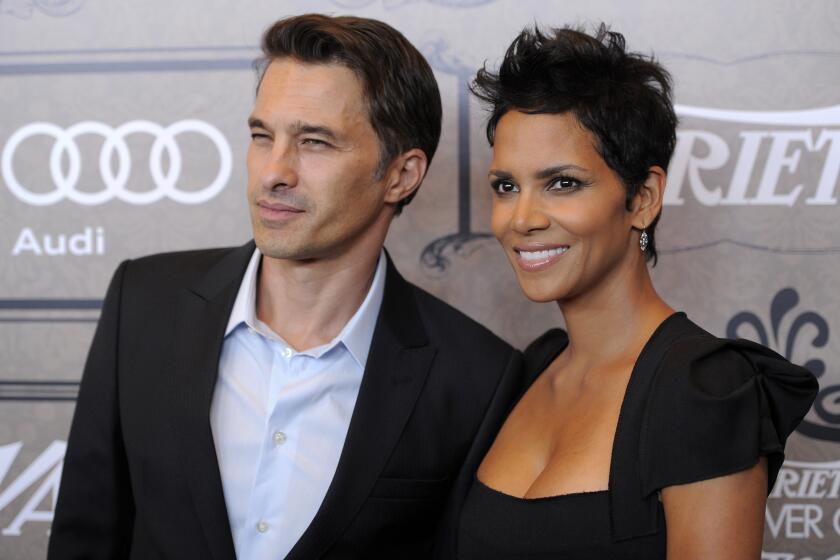A scientific giant who didn’t play the game
Toward the end of his life, the British astronomer and astrophysicist Fred Hoyle wrote his autobiography, “Home Is Where the Wind Blows.” It is a highly readable account of a fascinating life, neither of which is surprising, because Hoyle was one of the greatest scientists of the 20th century and also published more than 50 works of fiction and nonfiction. However, Simon Mitton has thrown new light on Hoyle’s life with a biography that is more structured, more balanced, more complete and arguably more insightful than Hoyle’s own account.
Mitton worked with Hoyle for several years at the Institute of Theoretical Astronomy in Cambridge, England, where he encountered several of the scientists who collaborated with or crossed swords with Hoyle. He has also thoroughly trawled the Hoyle archive and managed to bring new details and angles to even the best-known Hoyle anecdotes.
For example, it is well known that as a schoolboy Hoyle constantly played the truant, spending almost as much time in his local fleapit movie theater as in the classroom. He claimed to have made up for some of the lessons he was missing by studying the subtitles of the silent films. “I learned to read while patronising the bug hole in the Hippodrome cinema ... a superior educational establishment,” he wrote, “and, at 1 [penny] per admission, a good deal cheaper than school.” It is less well known that Hoyle’s mother also spent endless hours at the movie theater, working as the pianist. She was fired for habitually playing Beethoven as an accompaniment to cops-and-robbers movies. Shortly afterward, attendance plummeted, and when it became apparent that people had come just to hear the music and not to see the film, Mrs. Hoyle was promptly reinstated.
Another example of Mitton’s fresh twist on an established story concerns “A for Andromeda,” a famous science-fiction TV series that Hoyle wrote for the BBC. Mitton notes that Hoyle was involved in casting and that it was he who chose a young Julie Christie to play one of the roles. Thus did the ‘60s iconic British blond get her first big break, thanks to a cosmologist.
Hoyle’s career covered a vast number of topics, including nuclear physics, cosmology, wartime radar research and wild speculations about the origin of life, and much of his work developed over the course of several decades. Hence, Mitton wisely structures the book according to themes or research topics, as opposed to taking a more chronological approach.
Perhaps Hoyle’s greatest contribution to science was on the origin of the elements, which he believed were synthesized by nuclear reactions in the stars. In particular, he was convinced that dying stars would generate the heavier elements, thus creating, for example, the iron in our blood and the calcium in our bones. In other words, we are all literally stardust -- or nuclear waste, if you are less romantically inclined.
To account for the formation and relative abundance of each element, Hoyle had to calculate the reactions that took place in different types of stars. The kinds of elements that form depend on a star’s mass, its stage in life and its generation (the last term differentiating between first-generation stars, which were born soon after the Big Bang, and later generations, which were built from the debris of dead first-generation stars). His work on stellar nucleosynthesis culminated in a magnificent 104-page paper published in 1957 and titled “Synthesis of the Elements in the Stars,” co-written with Willy Fowler and Geoffrey and Margaret Burbidge. It remains a pinnacle of 20th century physics, yet Hoyle was overlooked, perhaps even snubbed, by the Nobel Prize committee.
There are several reasons why Hoyle did not receive a Nobel Prize, and they become apparent as Mitton describes the political battles that blighted Hoyle’s career. In particular, Hoyle had publicly criticized the Nobel committee in 1974 when they failed to give Jocelyn Bell a share of the Nobel Prize in physics for the discovery of pulsars. More generally, Hoyle was a man of immense integrity and minimal diplomacy, which meant that he was constantly arguing with colleagues over everything from the allocation of funds to the nature of the universe. This won him great admirers and powerful enemies.
Finally, no account of Hoyle’s life would be complete without mentioning his greatest failure -- namely, his constant criticism of the Big Bang model of the universe. While working on radar during World War II, Hoyle teamed up with two like-minded individuals, Thomas Gold and Hermann Bondi, who also despised the idea of a Big Bang. Together they developed an alternative model of the universe, the Steady State model, which posited a universe with no beginning and no end.
The Steady State model won many supporters throughout the 1950s, but in the 1960s the weight of observational evidence began to go heavily in favor of the Big Bang model. Nevertheless, Hoyle continued to mock the Big Bang, claiming that it was the result of a religious conspiracy. “The passionate frenzy with which the Big Bang cosmology is clutched to the corporate scientific bosom evidently arises from a deep-rooted attachment to the first page of Genesis,” he wrote in 1982, “religious fundamentalism at its strongest.”(Ironically, it was Hoyle, the Big Bang’s biggest critic, who had christened it, during a 1949 BBC radio broadcast. He meant “Big Bang” as a derisive comment, but the name stuck.)
Although Hoyle was fundamentally wrong about the biggest question of all, he deserves his place among the finest scientists of the last century; indeed, there is nothing wrong with being wrong in science. Hoyle was so original in his thinking that his ideas were destined to lead either to brilliantly insightful or fundamentally flawed theories. Sadly for Hoyle, the fundamentally flawed sort became more and more common, and he began to lose his political battles with the establishment. He resigned his post in Cambridge in 1972 and spent the remaining 29 years of his life as a vagabond astrophysicist. As Britain’s Astronomer Royal, Sir Martin Rees, pointed out in an obituary in Physics Today, this was a distressing end for such a great man: “His consequent isolation from the broad academic community was probably detrimental to his own science; it was certainly a sad deprivation for the rest of us.”
More to Read
Only good movies
Get the Indie Focus newsletter, Mark Olsen's weekly guide to the world of cinema.
You may occasionally receive promotional content from the Los Angeles Times.
